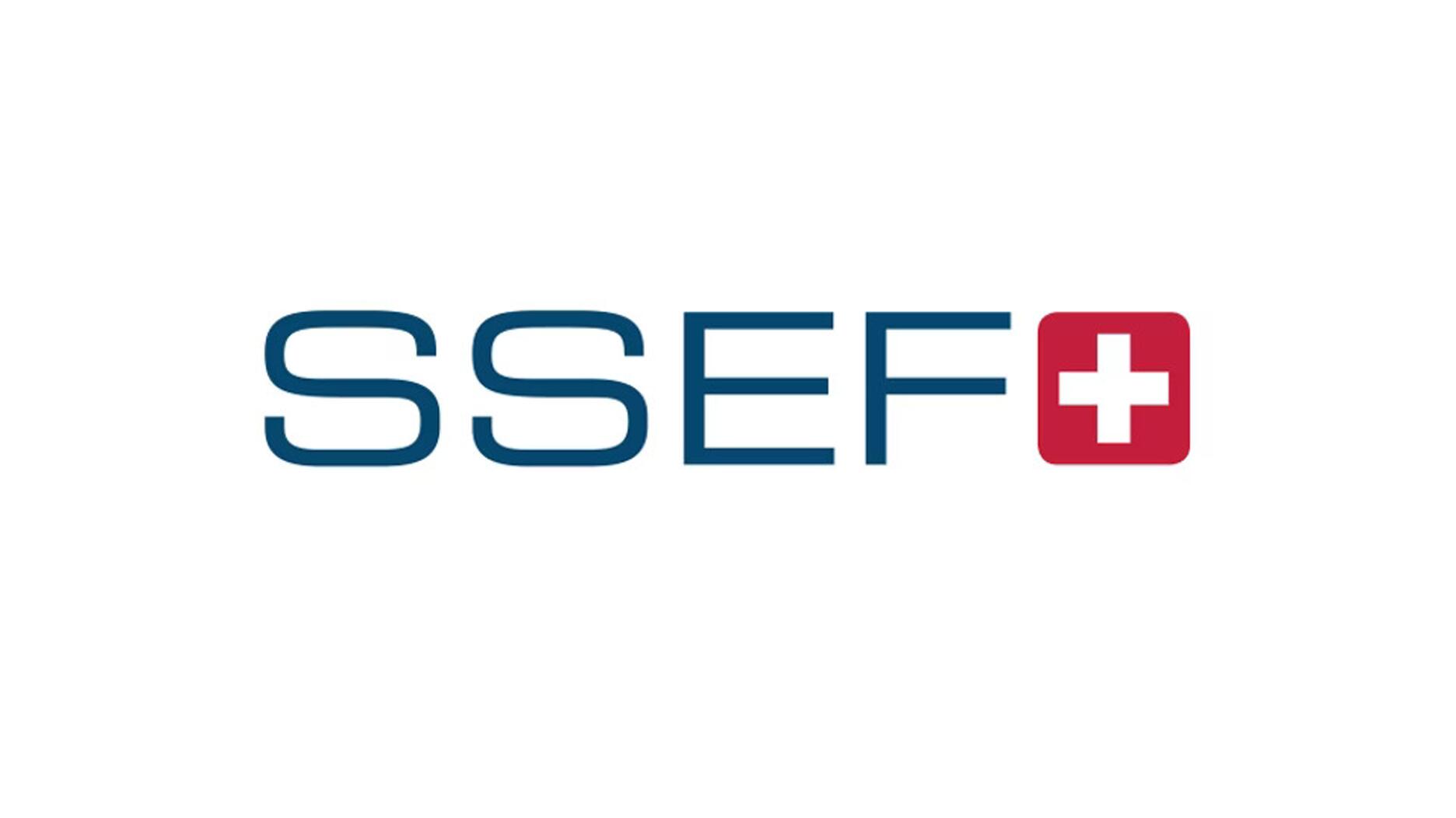As part of the leadership transition, Sherry Smith will take on the role of vice president of coaching strategy and development.
How GIA Is Changing Its Reports for Lab-Grown Diamonds
The lab has dropped the word “synthetic” from the document and added standard scales for reference.

Carlsbad, Calif.—The Gemological Institute of America is tweaking the grading reports it issues for man-made diamonds, dropping the word “synthetic” but still not using the same scale it does for natural diamonds.
Beginning July 1, the GIA Synthetic Diamond Grading Report will become the GIA Laboratory-Grown Diamond Report. The word “synthetic” also will be removed from the “Identification” line, replaced with the words “laboratory-grown.”
The elimination of synthetic is in keeping with recent revisions the Federal Trade Commission made to its Jewelry Guides, removing the word from its list of recommended terms for lab-grown diamonds because of “the likelihood of consumer confusion.”
GIA also is now including the standard color, clarity and cut grading scales on the reports, but for reference purposes only; the lab still will not apply the scales it uses for natural diamonds to man-made stones.
As the lab has done since it first started offering reports for man-made diamonds in January 2007, it will use: colorless, near colorless, faint, very light and light to report color grades on man-made diamonds, not D-Z.
However, colorless, near colorless, etc. will be listed alongside the D-Z scale so consumers can see, for example, that a near-colorless lab-grown diamond is the equivalent of a natural diamond that’s graded between G and J.
For clarity, GIA will continue to use: flawless, internally flawless, very very slightly included, very slightly included, slightly included and included.
Like color, these terms will appear alongside the standard clarity grade scale for reference. A very very slightly included lab-grown diamond, for example, is equal to VVS1 or VVS, while a lab-grown diamond graded as slightly included is like an SI1 or SI2 mined diamond.
The GIA scale for cut grade, which ranges from excellent to poor, also is included on the new lab-grown diamond report. GIA always has used the same cut-grade terms for both natural and lab-grown diamonds.
When asked why it opted not to grade lab-grown diamonds exactly liked mined stones—as HRD Antwerp just did—the lab gave essentially the same reasons Executive Vice President and Chief Laboratory and Research Officer Tom Moses did when interviewed by National Jeweler in October 2016.
“Laboratory-grown diamonds do not have the same range of color as mined diamonds and are generally grown to be as close to colorless as possible or are treated post-growth to make them colorless or near colorless,” GIA said when asked about the changes this week.
“This is why GIA uses words rather than letters (for example D-Z) or abbreviations (for example VVS and SI2) to report grades for color and clarity of laboratory-grown diamonds.”
The lab also noted that it made the changes it did to “provide more information to consumers.”
Also on the Laboratory-Grown Diamond Report, GIA said it will disclose all detected clarity treatments and include the following statement regarding possible color treatment: “This is a man-made diamond produced by CVD (Chemical Vapor Deposition) or HPHT (High Pressure High Temperature) growth processes and may include post-growth treatments to change the color.”
GIA said the previous reports for man-made diamonds also noted any clarity treatements. Color treatments also were disclosed for a time, though the Synthentic Diamond Grading Report did not include the above general statement that will appear on the new reports.
Any GIA Synthetic Diamond Grading Report issued since Jan. 1, 2018, can be returned and exchanged for the new Laboratory-Grown Diamond Report at no cost.
The price of a GIA Laboratory-Grown Diamond Report is the same as a GIA Diamond Grading Report, and, like the natural diamond reports, the QR code on the lab-grown reports link to GIA’s online Report Check Service. The report check record for man-made diamonds will include educational information about the CVD and HPHT diamond-growing processes.
The topic of lab-grown diamond grading stirs debate in the industry, with some questioning why GIA does not just grade lab-grown diamonds the same way as it does natural diamonds, since they share the same chemical, optical and physical properties and are, in fact, diamonds.
It is the approach HRD Antwerp took, with the Belgian lab noting the need for “better transparency” in an age when the man-made stones are becoming more prevalent.
Others, however, agree with GIA’s stance, citing the need for differentiating lab-grown diamonds from mined ones and the lack of color and clarity range in the man-made material.
The Latest

It marks the third time the country has headed the Kimberley Process. Ghana will serve as vice chair.

The new Bulova x Stetson designs highlight two animals often associated with the American West—the bison and the Texas Longhorn.

How Jewelers of America’s 20 Under 40 are leading to ensure a brighter future for the jewelry industry.

Its residency at Yamron Jewelers will run through May 2026.


From influential executives to innovative designers, we pay tribute to the people we said goodbye to this year.

The retailer is expanding into areas with large Indian and South Asian populations.

Roseco’s 704-page catalog showcases new lab-grown diamonds, findings, tools & more—available in print or interactive digital editions.

The Italian brand has opened its first flagship amid the peaks of the Dolomites in Madonna di Campiglio, Italy.

The new curation at the Natural History Museum of Los Angeles County showcases rare gem and mineral specimens in their uncut, natural state.

The couple pleaded guilty to concealing at least $127 million in cash transactions at its precious metals businesses.

Consumers shared concerns about prices, inflation, tariffs, trade, and politics in the survey’s write-in response section.

In February 2026, the auction house will move its headquarters to the former Steinway Hall, a neoclassical landmark on Billionaires’ Row.

The new show will take place Jan. 23-25, 2026.

The former BHP Billiton leader and Gemfields chairman is remembered for his influential leadership throughout his 50-year mining career.

The LVMH-owned brand has partnered with the costume design union to revamp its award for 2026.

The luxury titan inked a deal to acquire an initial minority stake in the jewelry manufacturer with a pathway to full ownership by 2032.

The company’s curation of unsigned vintage and estate jewelry debuted at the Bloomingdale’s in Costa Mesa, California.

In the recent multi-shipment seizure, CBP also found counterfeit Audemars Piguet, Moncler, and Chrome Hearts items.

Helzberg’s Chief Retail Officer Mitch Maggart shared details about its tests of a new store concept rooted in an elevated luxury experience.

Jewelers of America execs and National Jeweler editors discuss tariffs, the sky-high gold price, and the engagement that broke the internet.

The luxury goods company said founder Ippolita Rostagno will remain at the brand’s helm.

Laura Burdese, who joined the Italian luxury brand in 2022, will take on the role in July.

The National Jeweler editors revisit the most noteworthy industry happenings and design trends from 2025.

Need a gift for the cat lover who has everything? Look no further than our latest Piece of the Week.

It purchased the “Grosse Pièce,” an ultra-complicated Audemars Piguet pocket watch from the ‘20s, for a record-breaking price at Sotheby’s.

The lab-grown diamond grower now offers custom engagement and fashion jewelry through its Kira Custom Lab Jewelry service.



























